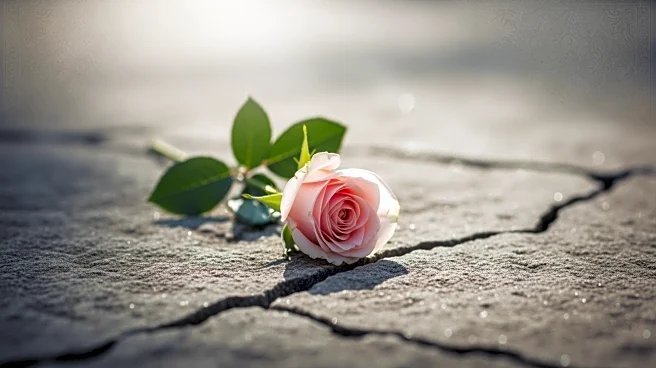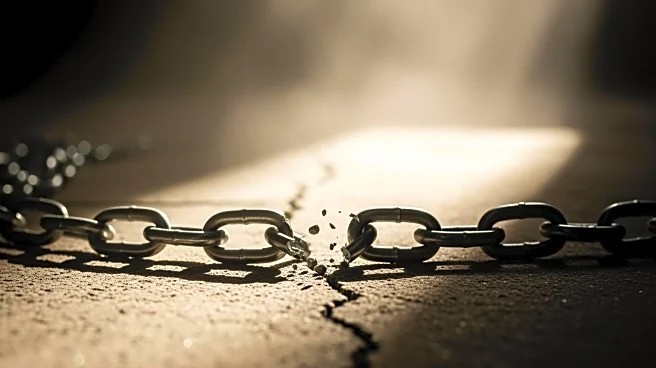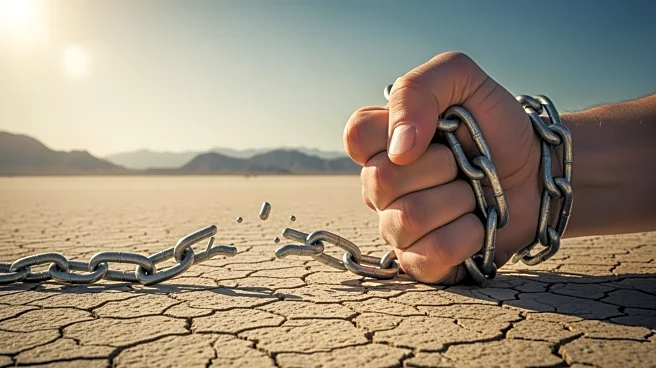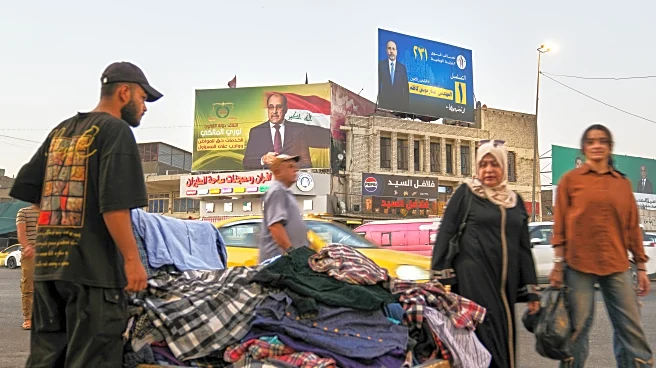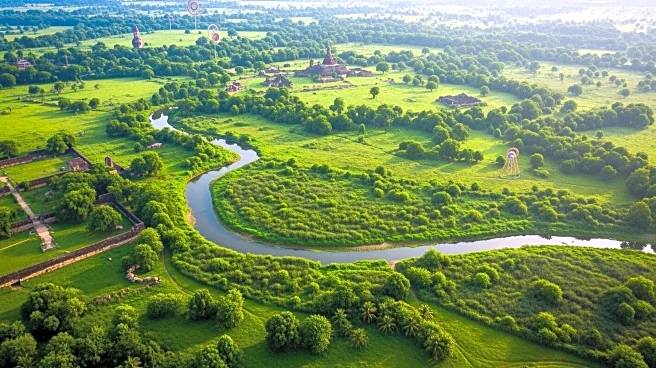What's Happening?
In Iran, a significant number of women are openly defying the country's mandatory hijab law, which has been in place since the Islamic Republic's founding in 1979. This defiance has become more pronounced
following the death of Mahsa Amini, a young Kurdish-Iranian woman, which sparked mass protests over three years ago. The Iranian government, wary of inciting further unrest, has reduced the enforcement of these laws, despite pressure from conservative factions to maintain them. Women across various cities, including Tehran, Rasht, and Kermanshah, are increasingly seen without the traditional headscarf, a move that was previously met with heavy-handed policing.
Why It's Important?
The easing of hijab enforcement in Iran reflects a significant shift in the country's social dynamics and highlights the government's struggle to balance conservative pressures with public dissent. This development is crucial as it indicates a potential change in the government's approach to civil liberties, particularly women's rights. The reduced enforcement could serve as a release valve for public discontent, especially amid Iran's economic challenges and international sanctions. However, the situation remains precarious, as the government must navigate the risk of reigniting protests while managing internal and external pressures.
What's Next?
The Iranian government faces a complex challenge in addressing the hijab law enforcement. While the parliament has passed stricter penalties for violations, these have not been enforced, indicating a cautious approach to avoid further unrest. The government may continue to use non-policing methods to promote modesty, such as closing businesses that allow unveiled women. The situation remains fluid, with potential for further policy adjustments depending on public reaction and international scrutiny.
Beyond the Headlines
The ongoing defiance of the hijab law by Iranian women could have long-term cultural implications, potentially leading to a reevaluation of gender norms and civil liberties in Iran. This movement may inspire broader discussions on women's rights and personal freedoms in the region, challenging traditional power structures and prompting a reexamination of the role of religion in public life.
